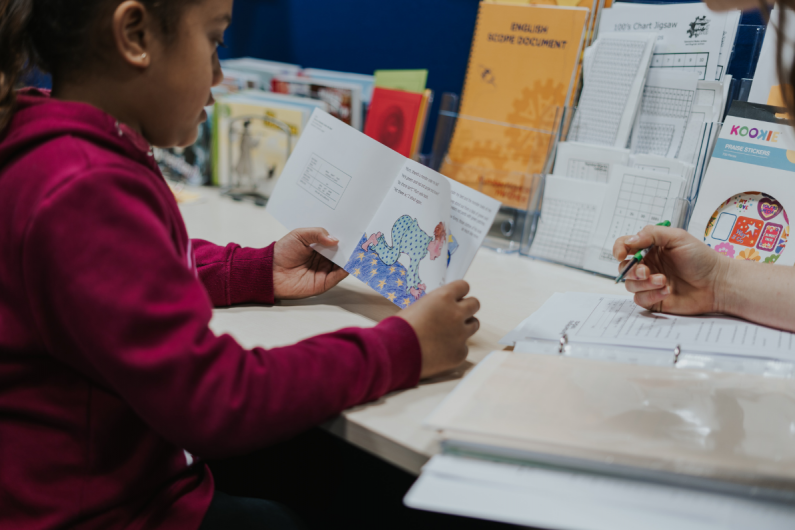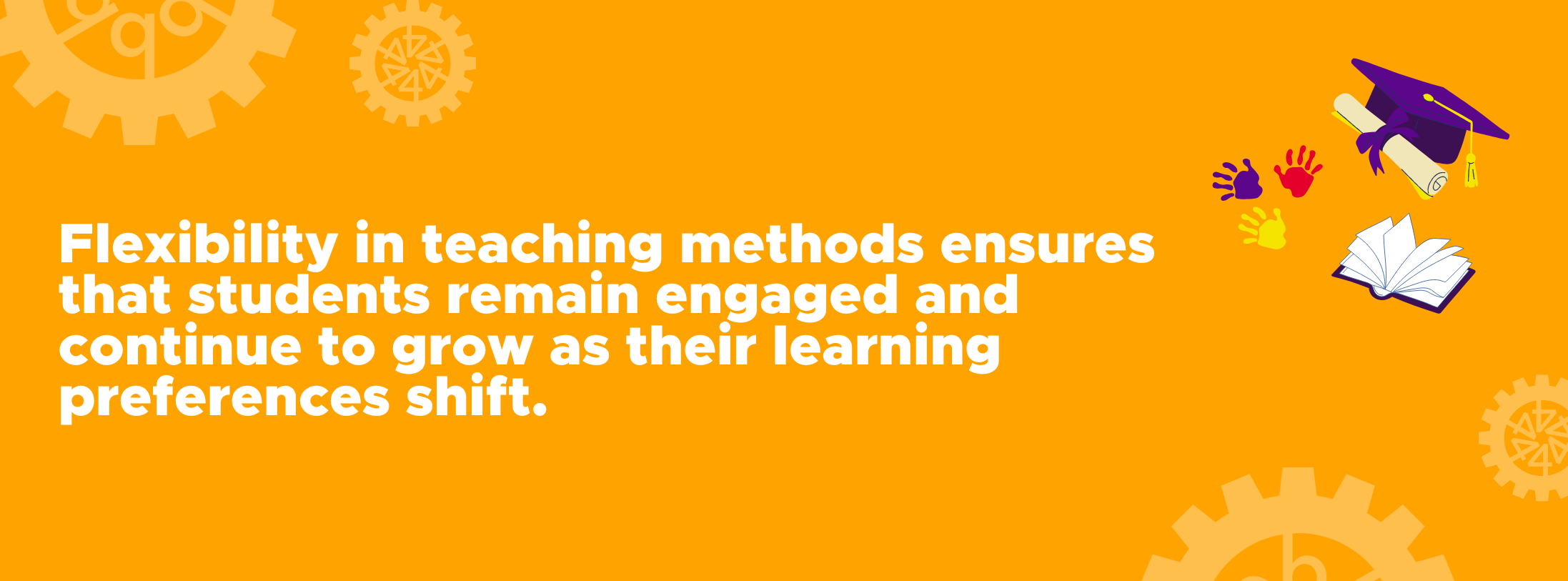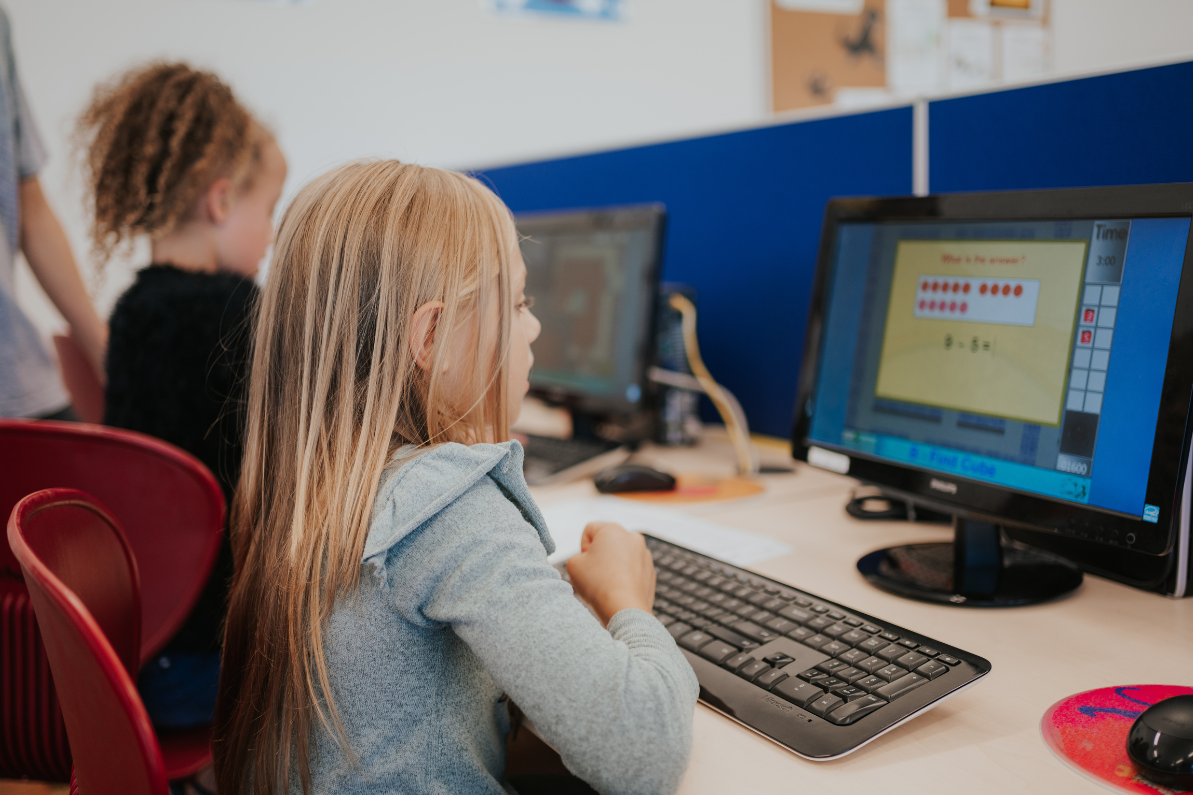Exploring Different Learning Styles

Education is a transformative journey that shapes young minds and sets them on their future paths. In our diverse and ever-changing world, recognising each child's unique individuality highlights the limitations of a one-size-fits-all approach to learning. Each student brings their own set of strengths, weaknesses, and learning preferences to the classroom. Acknowledging and adapting to these differences through various learning styles can profoundly impact our educational practices. By embracing diverse learning approaches, we can enrich the educational experience and help every child succeed.
In this blog, we will delve into the significant influence of learning styles on education. We'll explore how adapting teaching methods to align with each student’s preferred learning style is crucial for creating effective and inclusive educational experiences

Understanding Different Learning Styles
Visual Learners
Visual learners excel when they can see information. Diagrams, charts, maps, and videos help these students grasp complex concepts. Tools like colourful illustrations and mind maps are crucial, enabling them to visualise abstract ideas and understand intricate relationships.
Auditory Learners
For auditory learners, listening and speaking are key. They thrive in environments where lectures, discussions, and audio materials are prevalent. Engaging in conversations and debates enhances their learning, making verbal communication an effective way to deepen their understanding.
Tactile/Kinesthetic Learners
Tactile or kinesthetic learners learn best through hands-on experiences. They excel in activities that involve touching, moving, and doing. Interactive experiments and role-playing help these students understand concepts through physical engagement, making learning an active process.
Reading/Writing Learners
Reading/writing learners prefer to engage with text. They excel in reading and writing tasks, such as analysing articles and composing essays. Written language is their strength, and activities like journaling and note-taking are highly effective for their learning.
Social Learners
Social learners thrive in group settings and collaborative environments. They gain the most from interacting with others, participating in group projects, and engaging in discussions. Social learning helps them develop teamwork skills and enrich their educational experience through peer interactions.
The Dynamic Nature of Learning Styles
Children's learning preferences can change as they grow, gain new experiences, and encounter different environments. For instance, a child who initially favours visual learning might later develop a stronger inclination towards verbal learning. Recognising and adapting to these shifts is essential for effective teaching. By maintaining flexibility in teaching methods, educators can keep students engaged and support their continued growth as their learning preferences evolve.

The Importance of Identifying Learning Styles
Recognising each student's unique learning style allows parents and educators to design customised educational experiences. Visual learners, for instance, thrive in environments rich with interactive and visual stimuli, while auditory learners perform better with verbal explanations and repetitive listening. Kinesthetic learners excel through physical, hands-on activities, making the classroom a lively space for active engagement. By identifying these learning styles early on, educators can implement targeted strategies that meet each student’s specific needs, leading to greater academic achievement.
Creative Learning Strategies
Understanding your child’s learning style allows you to apply imaginative techniques to enrich their education. For visual learners, creating vibrant posters or infographics can be particularly engaging. Auditory learners might find mnemonic devices or verbal games helpful for retention. Kinesthetic learners benefit from hands-on activities such as building models or performing experiments. Social learners, on the other hand, thrive in collaborative settings, where group projects and discussions offer meaningful learning opportunities. Adapting activities to match these preferences not only makes learning more enjoyable but also strengthens concepts in a way that truly connects with each student.
Building a Supportive Learning Environment
Understanding learning styles proves beneficial both at home and in the classroom. By sharing these insights with teachers, you can help customise classroom experiences to better suit your child’s needs. This information enables educators to employ a variety of teaching methods, ensuring that every student receives appropriate support. Building an effective learning environment requires continuous communication between parents and teachers, along with a dedication to adjusting teaching strategies as students' needs change.
Learning with NumberWorks’nWords
At NumberWorks’nWords, we tailor our tutoring programs to address each student’s unique needs, focusing on their strengths and areas for improvement. Our maths and English programs are designed to build confidence and enhance academic performance. We understand the importance of recognising diverse learning styles and use a variety of techniques to engage students effectively.
Contact your local NumberWorks’nWords centre to arrange a free assessment and find out more about our personalised and engaging tutoring options. By embracing each student’s individuality and learning style, we aim to foster a love of learning and set them on the path to success.
Contact your local NumberWorks’nWords centre to book a free assessment and discover more about our personalised and engaging tutoring options. By embracing each student’s individuality and learning style, we aim to foster a love of learning and set them on the path to success.




